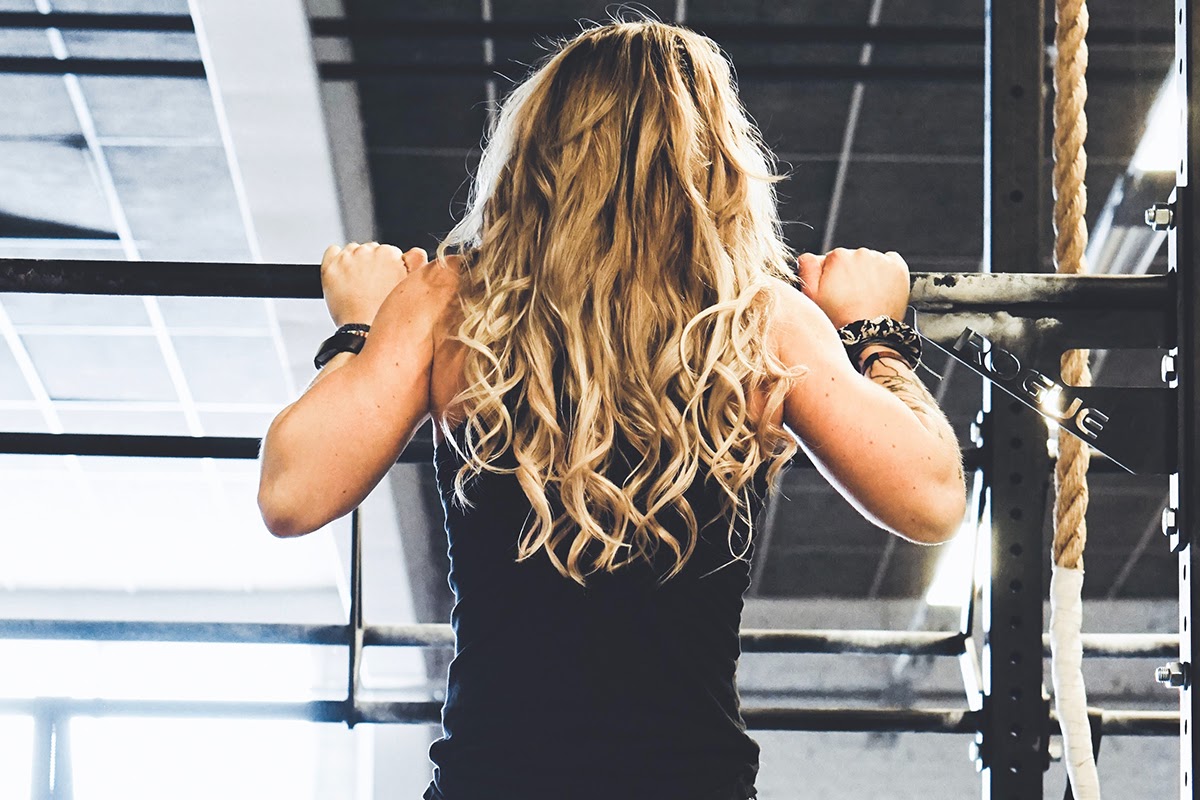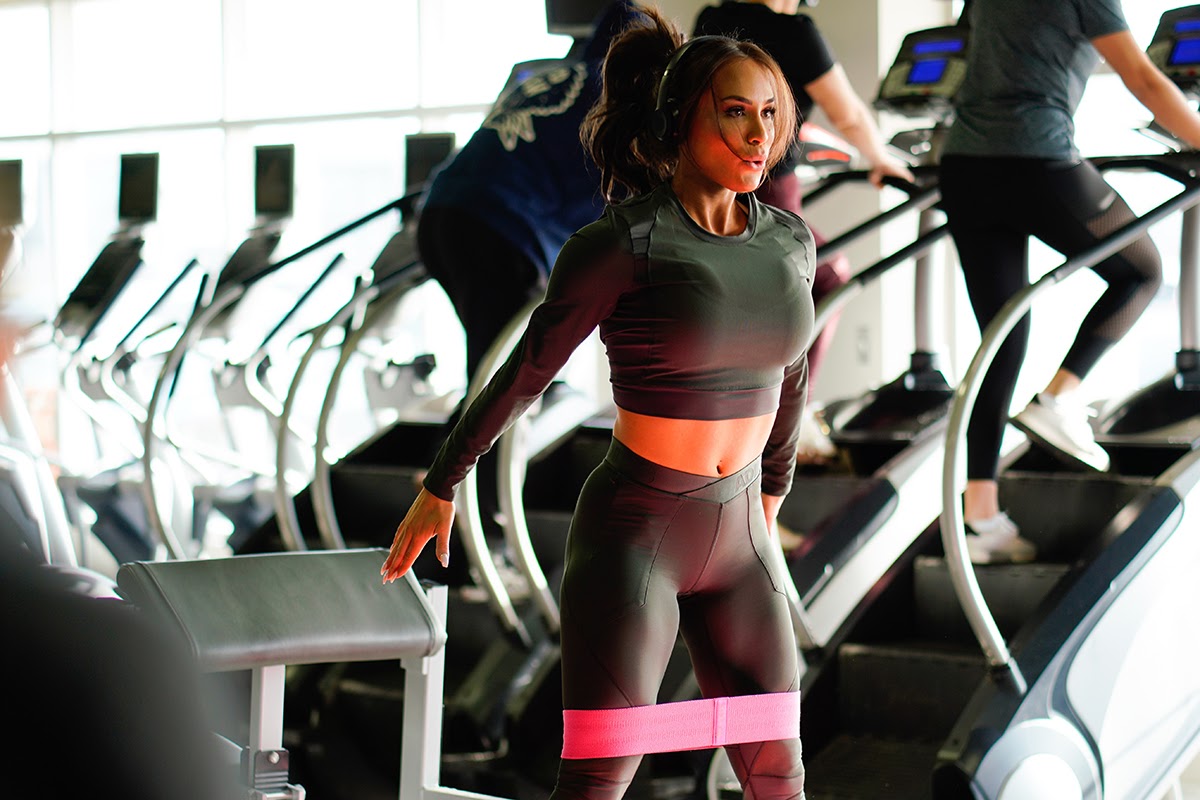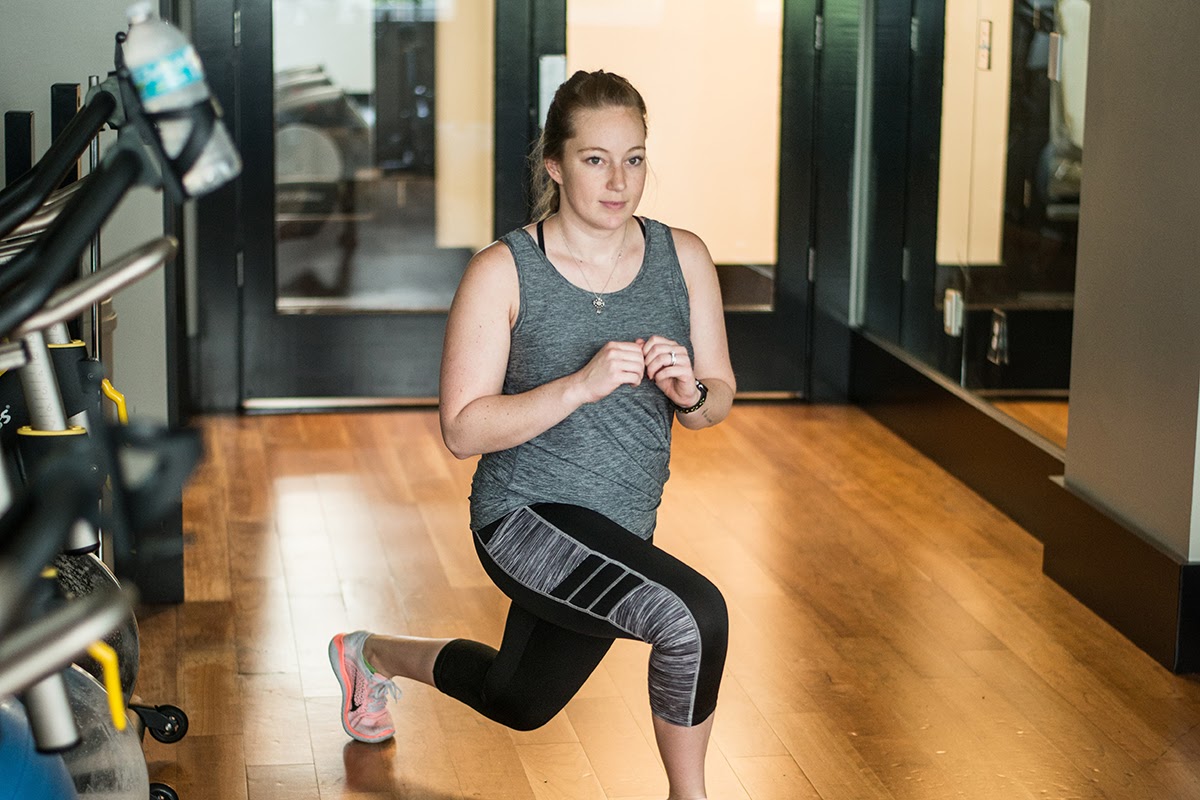In an era of boutique fitness where a new spin, pilates, barre, and HIIT studio seems to be popping up on every corner, people are on the hunt for the next wellness fad. And while some will gain speed only to fizzle out in a few years, there’s one type of fitness that seems to be in it for the long haul: calisthenics.
While calisthenics may sound like a fancy term or the name of your next group workout, it’s actually been around since… well, as long as people have moved for sport. Chances are you already use calisthenic movements in your workouts — without even knowing it.
Read on to learn more about calisthenics, some basic moves to start with, and why you may want to make it a regular part of your fitness routine and keto lifestyle.
What Are Calisthenics?
In the simplest terms, calisthenics is a type of exercise where you use your body weight only. Unlike traditional weight lifting, where you add weight to a barbell or dumbbell to increase difficulty, with calisthenics, your body offers all resistance.
Calisthenics workouts have been around since ancient Greece. These movements were how the Greeks trained for war. The word “calisthenics” stems from the Greek words, kilos sthenos, or “beautiful strength.” Warriors trained by performing push-ups, pull-ups, chin-ups, and many other movements you still perform at the gym.
Today, it seems as though every form of fitness — from CrossFit and parkour street workouts to the United States Army — uses calisthenic movements[*].
Similar to gymnastics, calisthenics often requires incredible abdominal strength, allowing you to keep stable while supporting the entire weight of your body.
Part strength training, part endurance, part balance, part gut-wrenching core workout, it’s no wonder these body weight workouts have found their way into so many avenues of fitness.
Just like any other workout, calisthenics are as strenuous as you make them. While the thought of doing body weight exercises like planks, jumping jacks, or sit-ups might not have your heart rate spiking, attempting more advanced moves like pistol squats, a planche, or the human flag pole certainly will.
What Are the Best Calisthenic Exercises?

The best exercises — not just for calisthenics, but for any movement — are the ones you do correctly. If you’re worried about proper form, always work with a personal trainer or a strength and conditioning coach (CSCS) who can help make modifications for you.
If you’re just starting out, consider working these movements into your training program.
Push-Ups

- Start in a high plank position, actively squeezing your core.
- When lowering down, lead with your chest. Maintain your core activation, allowing your hips to follow your chest as you come down.
- The bottom of a push-up is where you need to activate your core the most. You are working against gravity and changing directions at the same time, so squeeze your abs as you come back up.
Jump Squats

- Start standing with your feet planted slightly wider than shoulder-width apart, with your toes pointed slightly outward. To add resistance, place a theraband around your thighs.
- Lower into a squat, keeping your chest lifted while squeezing your core.
- Lower yourself, so your quad muscles are parallel to the floor. Be careful to ensure your knees don’t go past your toes.
- Explode vertically from your squat position, firing your glutes as you jump upward.
- Land back safely in a squat.
Front Lunges

- Stand straight with your feet shoulder-width apart, looking straight ahead.
- While keeping your core activated, step forward with your right leg.
- Land with your right hip and knee at a 90° angle. Make sure your knee is directly above your ankle, not extending past it.
- Keeping your weight in your right heel, push back to your starting position. Do the same exercise on your left leg.
Burpees

- Stand with your feet shoulder-width apart. Push your hips back and down, starting to lower yourself into a squat.
- Put your palms firmly on the floor, kicking your feet back, so you’re standing in a high plank. Keep your core engaged.
- Leading with your chest, lower yourself into a push-up. Be careful not to let your lower back sag as you come back up.
- Jump your feet forward, so they land next to your hands.
- Jump upward, returning to your starting position.
Benefits of Calisthenic Movements
Incorporating any form of exercise into your routine — not only calisthenics — will help improve your body composition, decrease your risk of chronic disease, and improve your overall health[*]. However, calisthenic movements come with a few specific benefits, most involving sheer convenience.
- There’s no equipment necessary. You don’t need a squat rack, dumbbells, or even a gym membership to do calisthenics. All you need is your own body weight and a little bit of space.
- You’re more likely to learn proper form. With bodybuilding, sometimes people become so focused on how much weight they’re lifting, they forget about lifting correctly. Using your body weight allows you to dial into your movements, decreasing your risk of injury.
- You engage your entire body. Many calisthenic movements are full-body exercises. A push-up, when done correctly, uses your chest, triceps, abs, and even your quads. Without realizing it, you’re doing a full-body workout.
- You can increase your strength. If strength is a goal, you’ll most likely enjoy the results of calisthenics. Think about it: If you’re a female who’s attempting her first pull-up, and you weigh 140 pounds, then you have to be able to lift 140 pounds of weight over that pull-up bar.
Wondering if performing calisthenics might help with your goals on the keto diet? Well, you’re in luck.
Following a body weight training program, including one that uses calisthenic movements, can help cut fat while preserving lean muscle mass.
One study analyzing upper body strength found no difference between the effectiveness of calisthenics training and lifting with free weights[*].
If your goal is to improve your body composition, then combining exercise with a low-carb, high-fat diet will give you better results than diet or exercise alone[*].
Therefore, incorporating calisthenic movements into your weekly routine while following a clean, keto diet, may show better results than eating strict keto alone.
Remember to Start With the Basics
Calisthenics exercises have been around since the times of ancient Greece. While they saw a resurgence in popularity due to CrossFit and parkour, many calisthenic movements are ones you already practice at the gym.
Calisthenics are body weight movements ranging in difficulty from a simple standing squat to handstands, muscle-ups, and the seemingly impossible human flag pole.
While you should work with a personal trainer before attempting more challenging movements, you could always start with the basics: squats, push-ups, and even burpees. You don’t need a fancy gym membership and you don’t need to buy any equipment.
Better still, incorporating calisthenic movements can support your goals on the ketogenic diet. By combining a low-carb, keto diet plan and exercise, you are more likely to see (and feel) positive changes in body composition.
To ensure you stay on track with your keto goals, use the free keto macro calculator. For more exercise ideas, take a look at the Perfect Keto exercise plan.